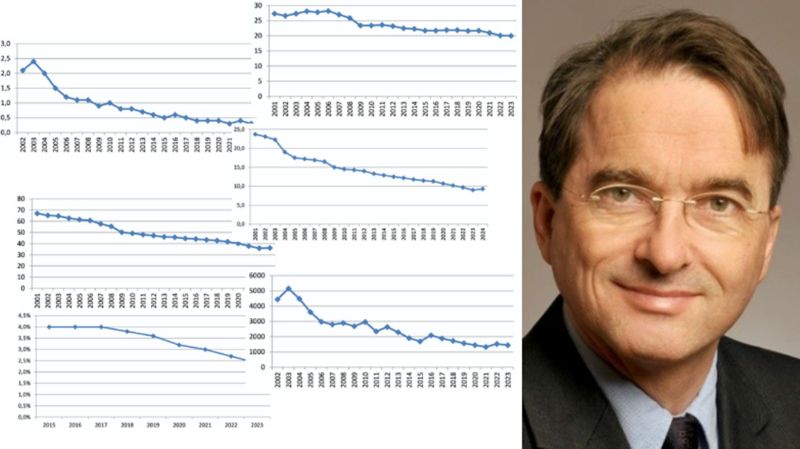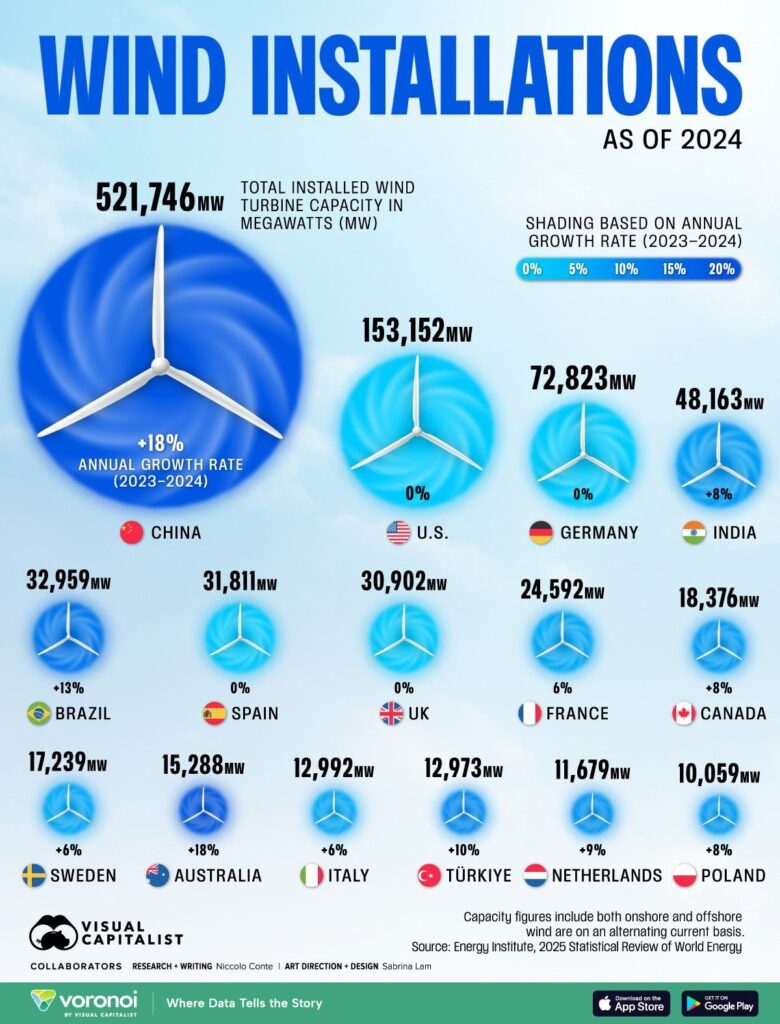Industry-dependence of IP expertise 🎯 IP Management Pulse #47
Many IP experts in the IP community at I3PM, the HTB-EPO initiative, and IP offices and institutions in national and regional innovation systems have asked Prof. Dr. Alexander Wurzer: “Where can you be sure not to miss any important IP management content?” In fact, you have to follow a number of interesting feeds to really keep up with the global developments around IP management. To make this easier he decided to offer his own personal newsletter for IP management. Here you can find the latest issues in the archive and also subscribe. A fresh read with all important IP Management content will be sent to the subscribers every second Thursday at 7:00 (CET), so that they can start the day informed.
The next newsletter will cover the following topics:
Industry-dependence of IP expertise
The recent GTT case around Hybrid Access Network patents illustrates well how GTT aligned its portfolio with telecom industry dynamics. By anticipating the convergence of network access technologies, they built assets that others in the sector recognized as valuable. This is IP that resonates with the market, attracts interest, and creates leverage.
👉️ To the LinkedIn post
Growing economic relevance of design protection
The visual design of products is becoming an ever more powerful differentiating factor in the market. Therefore, design rights and the resulting exclusivity are a cornerstone of modern IP management.
👉️ To the LinkedIn post by Liviu Irimia
Pruning bloated patent portfolios
Studies show that most patents held by companies have little to no value. Patent portfolio pruning can be a way to free resources, which can be invested in value creation.
👉️ To the LinkedIn post by Louis Carbonneau
How to teach IP analytics
IP analytics is the foundation on which the competitive positioning in the market rests. If neglected, product developers may create innovations, which can never be sold, because the company lacks freedom to operate. One way how to teach IP analytics to IP experts and laymen alike are serious games.
👉️ To the LinkedIn post by Chris Harrison
How to leverage IP in partnerships
Partnerships are in the digital and collaborative knowledge economy the main tool to accelerate growth. But long-term economic success is only possible through the appropriate handling of intellectual property in collaborations.
👉️ To the LinkedIn post by Maria Boicova-Wynants
Whom to follow
Simon Bradbury is patent attorney and partner at Withers & Rogers. On his LinkedIn feed he provides information about current court decisions and conferences in the biotech sector. If you want to keep up with those trends in the UK and the US, I suggest to follow him.
Stephen Yang is managing partner of IP March and operates from both Beijing and Toronto. He shares on his LinkedIn feed the latest developments in China’s IP landscape and what is important to know for foreign investors and companies. Additionally, he supports the IP business academy as a local ambassador partner. If you consider to enter the Chinese market, I recommend following him.
Resource Hub
Digital Marketing: Email Course Digital Marketing
In today’s digital-first world, a strong online presence is no longer optional — it’s essential. This email course is designed specifically for IP experts who want to improve their visibility, attract better-fit clients, and communicate their expertise with clarity and confidence.
Business Development: Referral Marketing for IP Experts
This course covers all essential aspects of referral marketing, from the fundamentals of referral power in IP consulting to building a strong network, crafting an elevator pitch, leveraging LinkedIn, implementing referral programs, nurturing client relationships, collaborating with partners, and analysing referral sources.
Strategic networking: turning contacts into alliances
Since 2024, professional (online) communities have become one of the most effective ways to grow both visibility and business. They go far beyond traditional networking: they’re built around shared goals, content exchange, and mutual learning.
For IP experts, this means joining (or even creating) communities where peers, clients, and innovators meet, such as LinkedIn groups, IP think tanks, or niche industry forums. These spaces allow you to demonstrate expertise in context and connect through shared purpose rather than self-promotion.
Building a strong network isn’t about being everywhere or knowing everyone. It’s about being strategically present in the right places, and with the right people. When done consciously, networking stops being a side activity and becomes what it truly is: an extension of your brand.
The innovator’s dilemma – Case study 5G/6G
The innovator’s dilemma” was first described in 1997 by Prof. Clayton M. Christensen from Harvard Business School in his famous book with the same name. The innovator’s dilemma describes the situation in which large, traditional companies suddenly fail when new, innovative companies enter the market. These new companies create new markets, which are destroying or disrupting old markets, bringing down the incumbent companies. This failure of traditional companies happens often although or because the companies just behave according to the best management practice. In his DU oral exam, 2025 graduate Sundeep Hegde used the example of 5G/6G in telecommunications to describe the phenomenon.
What the new market data means for competition, expert branding, and digital business development in German patent practice
The latest statistical portrait of Germany’s patent-attorney market is sobering — and clarifying. Supply has expanded far faster than the demand indicators most firms rely on. From 2001 to 2024, the number of German patent attorneys grew by roughly 115%, while domestic patent filings fell about 13% and utility models by 52%. Contested proceedings have dropped sharply as well. Meanwhile, European filings expanded overall, but German representatives captured that growth only under-proportionally. Layer on an accelerating wave of AI-enabled automation, and the competitive picture comes into focus: capacity is up, classic volume pools are flat or shrinking, and routine work is under pressure.
IP strategies for renewables
Renewable energy is a growing sector, especially in emerging markets, such as China, India, and Brazil. But also in western countries, energy companies are divesting from fossil energy production and are building new wind and solar farms. This shift can also be seen in the evolution of the IP portfolios of those companies. A prominent example is the Norwegian company Equinor, previously Statoil, whose portfolio was analysed by DU graduate Kenneth Bech for his oral defence. More information can be found in this blogpost.
From wrist to ecosystem: how wearables build and defend competitive advantages with IP
Wearables are a showcase for IP strategy because they merge hardware, software, design, and branding into one product category that fuels entire digital ecosystems. Competitive advantage comes from patents on sensors and algorithms, design rights on form factors and GUIs, and trademarks that build user trust in health data.







